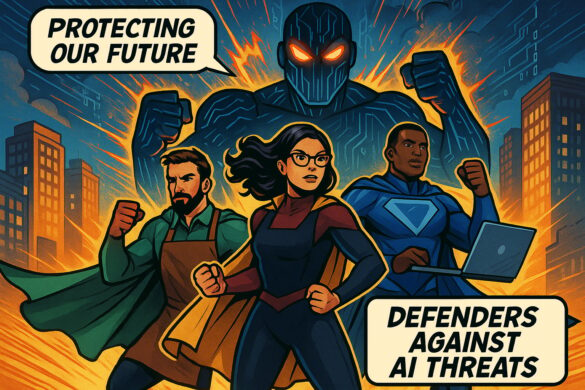Keep Zoom Meetings Protected
Businesses across the world have had to transition rapidly to new ways of working. Millions of employees are now scattered, working from their homes instead of gathering in offices. As the COVID-19 pandemic and resulting economic uncertainty continue to disrupt how people live and work, new technologies have emerged.
Zoom has become one of the most popular tools, helping businesses connect and conduct work remotely. But with the rapid increase in Zoom usage has come increasing threats to Zoom users as hackers target the platform for cyberattacks.

What Is Zoom?
Zoom is a remote video conferencing platform that allows for virtual meetings, webinars or one-on-one conversations. Zoom lets you schedule virtual engagements and use both video and audio features. In Zoom sessions, participants can interact, share screens, chat with other users, use breakout rooms and ask questions.
There are free versions and other pricing tiers that add more features and larger numbers of participants.
Zoom has seen a remarkable rise in usage. The company reported that in March 2020, it hit about 200 million daily users, compared to a daily high of 10 million in 2019. It’s meant an extraordinary rise in new and inexperienced users.
How Has Zoom Been Exploited?
As the user numbers have increased, so too have the number of cyberattacks. Also, users have identified bugs and security flaws, forcing the company to scramble to fix the security issues and change its default settings and privacy policy.
Early on, Zoombombing was the most notorious issue the company faced. Uninvited visitors, using automated number generators, were able to intrude on meetings and online school sessions, making inappropriate comments, posting pornography and disrupting work.
IN response, Zoom changed default settings requiring passwords and encouraging gatekeeping while also fixing issues with different operating systems and interfaces. The company has apologized and delayed its work on new features to focus on security and privacy needs.
Security issues, however, continue to emerge. In mid-April, the technology press reported that two security exploits were for sale for $500,000.
How Can We Protect Employees Using Zoom?
Zoombombing may be mostly an annoyance, but the vulnerabilities can be exploited in other ways. Documents shared in the meeting, login credentials and strategic discussions are all exposed if sessions are breached. That risk is why businesses should be sure employees know about the vulnerabilities and take these steps when hosting Zoom sessions:
- Require a Password. Zoom has made this setting a default for most users. Requiring a password makes it much harder for hackers to bomb sessions.
- Use New Meeting IDs. Account managers have a personal meeting ID they can use, which is convenient, especially for quick, informal meetings or recurring sessions. However, creating a new ID for each meeting … and setting a password … make for safer sessions
- Don’t Use Social Media. It’s certainly easy to post your meeting, ID and password on social media platforms. But these marketing approaches mean far more people can find out all the details to intrude.
- Restrict Screen Sharing. Zoom changed the default setting to allow only the host to share screens.
- Use a Waiting Room. For small meetings, using a waiting room is a smart idea. The feature lets the host admit people to the actual session as opposed to automatically joining.
Essential Solutions is here to help support your company’s cybersecurity needs during these challenging times. We offer Baton Rouge and New Orleans businesses comprehensive cybersecurity solutions, from anti-malware software to 24/7 security monitoring. We are ready to help with work-from-home solutions and employee training. To learn more about our free assessment services or remote support, contact us today.



